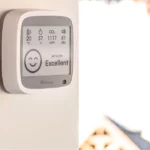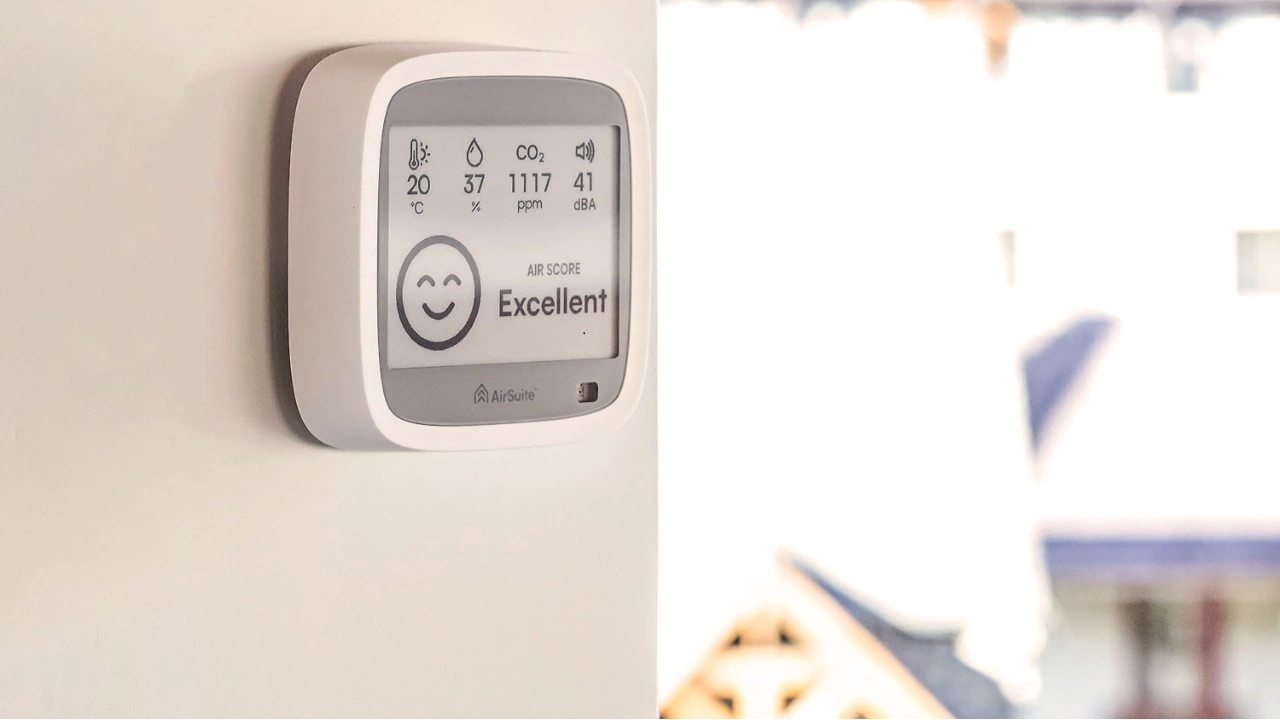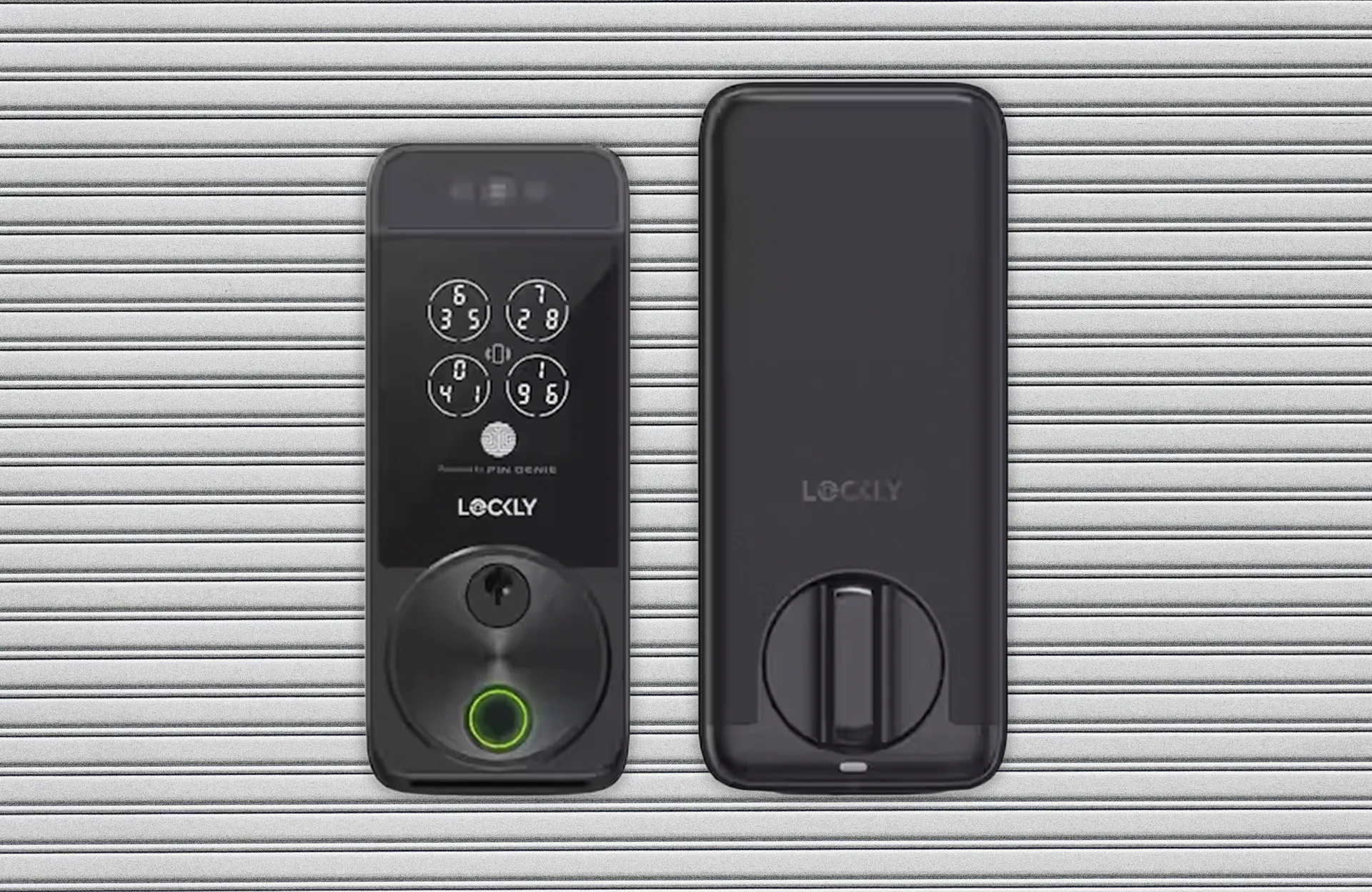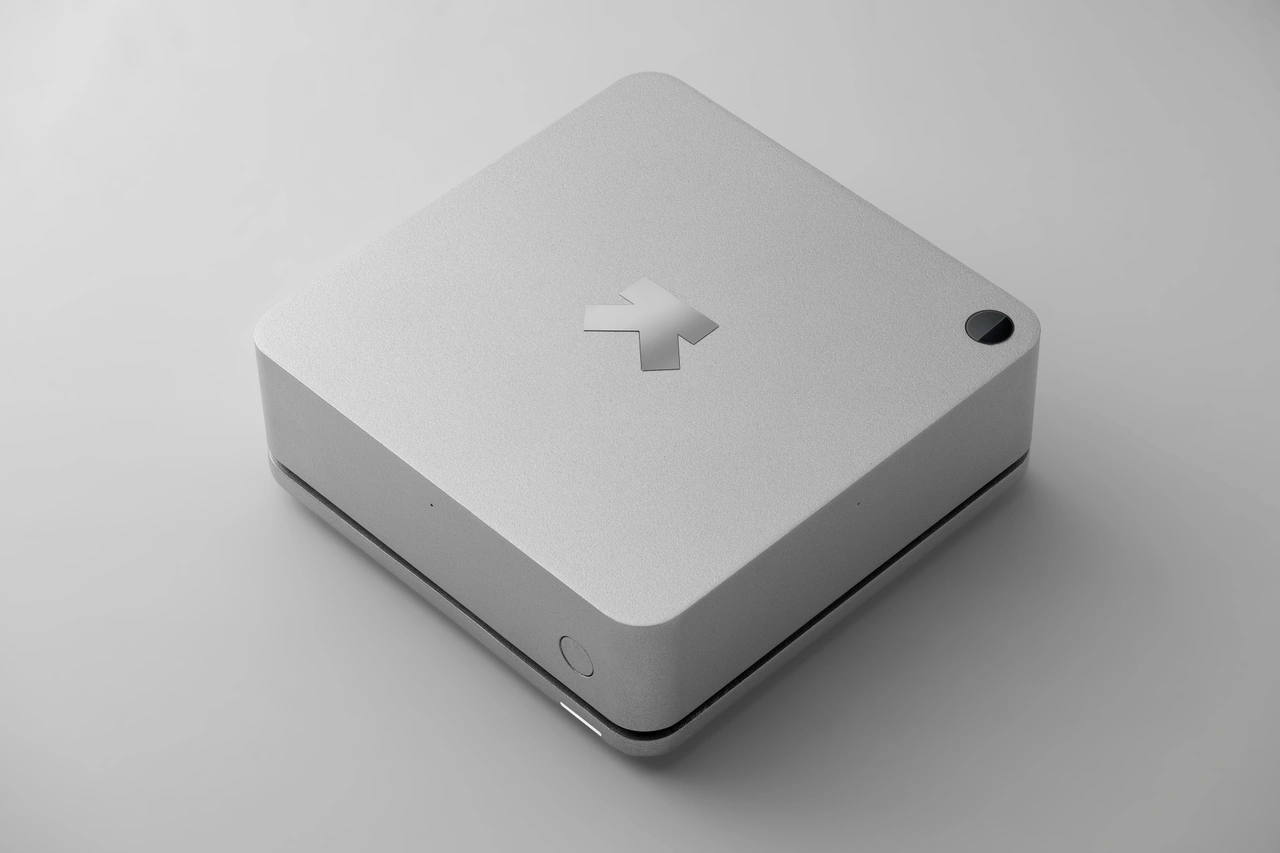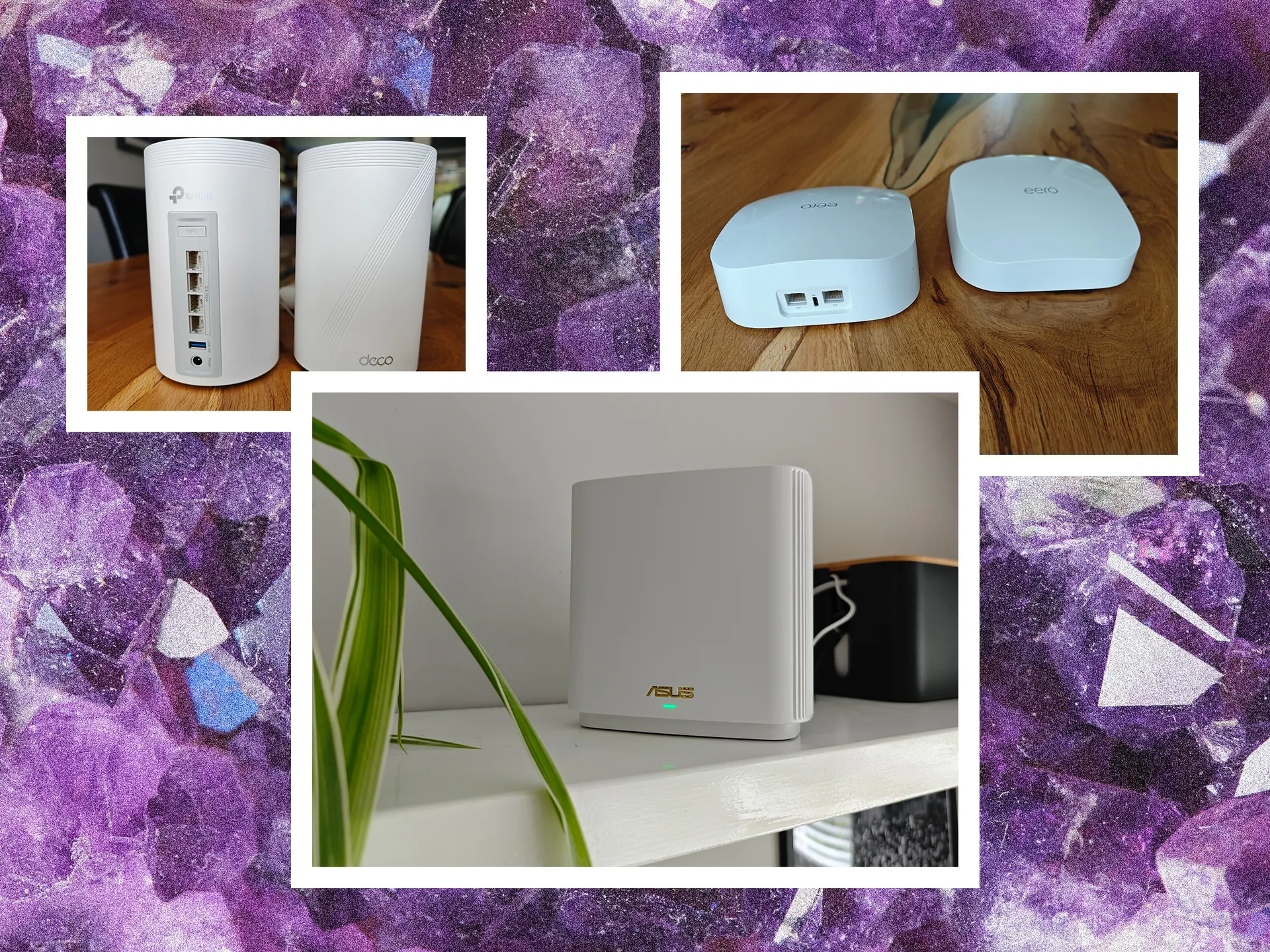
Mesh Wi-Fi systems are gaining popularity for their ability to deliver reliable connectivity throughout your home. Unlike traditional routers, which can struggle to cover large or multi-story homes, mesh systems use a main router and additional nodes to create a seamless network, ensuring that your devices connect to the nearest node for optimal performance.
For those dealing with weak signals in certain areas, mesh routers are a great solution. You can place nodes in strategic spots around your house, extending Wi-Fi coverage to hard-to-reach places like the basement, attic, or even your backyard.
Is a Mesh System Right for You?
Before choosing a mesh Wi-Fi system, it’s essential to assess whether you need one. If your current setup isn’t cutting it, a mesh network might be the fix. You can also explore ways to improve your existing Wi-Fi or ensure your home network is secure.
Top Pick: Asus ZenWiFi XT8
The Asus ZenWiFi XT8 is a top choice for its excellent performance, range, and variety of features. It’s a tri-band Wi-Fi 6 system, which means it has one 2.4-GHz band and two 5-GHz bands (one dedicated to backhaul for faster communication between the main router and nodes). The 2-pack version provides robust coverage and is relatively easy to set up via the mobile app, though you’ll need to keep the nodes nearby during the initial setup process before moving them to their final locations.
This system excels at providing consistent high-speed Wi-Fi across long distances. It comes with AiProtection Pro, which offers security features like anti-malware and parental controls without requiring a subscription. However, using these features means sharing some data with Trend Micro, so it’s worth checking their privacy policy. The parental controls allow you to set up profiles, schedule internet access, and filter content based on age groups.
The app offers plenty of customization options, from creating guest networks to managing device-specific bandwidth with the Quality of Service (QoS) feature. If you have other Asus routers, you can expand your mesh system using the AiMesh feature. Thanks to the dedicated backhaul channel, you get full-speed internet access even from far-away nodes.
One downside is that setup can require some patience. A failed firmware update during testing required troubleshooting, and Sonos speakers sometimes disappeared from the network, needing a factory reset to fix. However, once everything was up and running, the XT8 delivered reliable performance.
The slightly upgraded Asus ZenWiFi XT9 ($330) offers wider bandwidth and a more powerful processor. If it’s available for a similar price, it’s worth considering over the XT8.
Best Budget Mesh System: TP-Link Deco X20
The TP-Link Deco X20 offers solid performance at an affordable price, making it a great choice for families. This Wi-Fi 6 mesh system is easy to set up, and the 3-pack version provides ample coverage for an average home. It’s a dual-band system with two gigabit Ethernet ports on each router.
The Deco X20 app is user-friendly and makes it simple to set up guest networks or prioritize devices for activities like gaming or streaming. While the basic security features and parental controls are free, advanced options like antivirus protection, time limits, and in-depth reports require a subscription to HomeShield Security+ ($5 per month) or Total Security ($70 per year).
Though the system isn’t the fastest compared to higher-end models, it’s dependable enough for homes with internet speeds up to 500 Mbps. If you need better performance, consider upgrading to the Deco X55 or Deco X60.
Best for Smart Homes: Amazon Eero 6
The Amazon Eero 6 is an excellent choice for smart home enthusiasts. It’s simple to set up, and the compact, sleek design blends easily into any room. The Eero system offers good coverage, with consistent speeds from the main router to the nodes. However, there are only two gigabit Ethernet ports on the main unit, and none on the nodes.
While the basic Eero 6 is not the fastest option, it’s ideal for homes with moderate internet demands. The mobile app allows you to manage connected devices, pause the internet, and set schedules. However, advanced parental controls, ad-blocking, and enhanced security features require a Eero Plus subscription ($10 per month or $100 per year).
Since Eero is owned by Amazon, it integrates with Alexa. You can use voice commands to pause the internet or control smart devices directly from your Echo speakers. The Eero 6 also supports Matter and Thread, making it a convenient hub for smart-home devices.
If you have certain Echo devices (like the 4th-gen Echo or Echo Dot), they can act as Wi-Fi extenders, boosting coverage by up to 1,000 square feet. Eero also offers an Internet Backup option, allowing you to switch to a backup Wi-Fi or mobile hotspot if your main network goes down.
Eero’s simplicity is a big selling point, but it lacks advanced features like Quality of Service and the ability to separate Wi-Fi bands. For more demanding households or faster internet connections, higher-end models like the Eero Pro 6E or Eero Max 7 are worth considering.
Asus ZenWiFi XD5 (3-Pack)
The Asus ZenWiFi XD5 offers an affordable, compact option for those looking for a more budget-friendly mesh Wi-Fi system. One of its standout features is the ease of use—you don’t need to create an account for setup, which simplifies the process. Each unit in the three-pack has two gigabit Ethernet ports and can be wall-mounted for convenience. The system includes basic security (AiProtection Classic) and parental controls at no additional cost. It also supports AiMesh, allowing you to integrate other Asus routers into your network.
During testing, performance was smooth and surprisingly fast, considering the price point. For example, a 30-GB game download took less than eight minutes. While it’s a dual-band system, it supports 160-MHz channels on the 5-GHz band, boosting performance. Asus claims the 3-pack can cover up to 5,000 square feet, though speeds drop off at greater distances. For optimal performance, it’s recommended to connect the main router and nodes using Ethernet for a wired backhaul.
The Asus mobile app is straightforward, letting users manage parental controls, schedule device downtimes, split bands, and set up guest networks. For more advanced options, including basic QoS and VPN support, you can access the system via a web interface. Based on long-term use by some, this system proves to be a reliable, cost-effective solution for households with internet speeds up to 1 Gbps and no need for a subscription.
A Wi-Fi 6E Mesh
Wi-Fi 6E technology is becoming more common, and with Wi-Fi 7 emerging, prices for 6E routers and mesh systems are starting to decrease. For example, a 2-pack of this tri-band mesh system offers good value and sufficient coverage for most homes. These routers have a stylish, cylindrical design that fits well in most spaces. Setting up the system is simple, with the second router automatically connecting when powered on. Each unit includes one 2.5 Gbps Ethernet port and two gigabit ports, though there are no USB ports.
Performance was strong close to the routers, with some of the fastest speeds recorded during testing. However, the range was somewhat limited, and in most cases, the Asus XT8 outperformed it. By default, the 6-GHz band is reserved for backhaul, but you can open it for device connections. Devices like the Pixel 8, when connected, saw a slight speed boost compared to the 5-GHz band, though the signal strength weakened noticeably when further from the router. Using the 6-GHz band for wireless backhaul requires keeping the routers relatively close, as too much distance or obstacles will lead to dead zones.
One downside is that the free HomeShield security tier is limited. For more robust protection, a Security+ subscription costs $5 per month or $36 per year, adding web and intrusion protection. Total Security, which adds antivirus, VPN, and a password manager, costs $70 per year. Advanced parental controls are available for an additional $3 per month or $18 per year. The system allows you to prioritize devices and manage bandwidth through Quality of Service settings, and you can split the 2.4-GHz and 5-GHz bands to set up separate networks.
The Deco app and web interface are functional but could use improvements, as the app struggled to recognize many devices on the network. Despite these minor setbacks, this is an affordable option for those curious about Wi-Fi 6E without committing to more expensive systems.
A Wi-Fi 7 Mesh
For those eager to experience Wi-Fi 7 or looking to future-proof their network, the TP-Link Deco BE63 offers one of the most affordable entry points into Wi-Fi 7. As more phones and laptops begin to support Wi-Fi 7, this mesh system offers a backward-compatible solution that can grow with your tech. Devices like the iPhone 16 will be able to make full use of the faster speeds this system supports.
The Deco BE63 features the brand’s distinctive vase-like design, with a “7” on the front to signify its Wi-Fi 7 capabilities. Each router includes four 2.5 Gbps auto-sensing WAN/LAN Ethernet ports and a USB 3.0 port. Setup is quick and seamless using the Deco app.
This tri-band system offers three separate SSIDs—one for the 2.4-GHz and 5-GHz bands, one for the 6-GHz band, and another for multi-link operation (MLO). MLO, a new Wi-Fi 7 feature, allows devices to connect on multiple bands simultaneously, increasing speed and stability. Wi-Fi 7 also introduces wider channels (up to 320 MHz) and other improvements. Coverage is excellent, and with Wi-Fi 7 devices, you can achieve stable, low-latency, multi-gigabit speeds across your home.
While the Deco app provides basic network security and limited parental controls for free, advanced features require a subscription. Security+ costs $5 per month or $36 per year, and Total Security, which includes additional tools like antivirus and a VPN, costs $70 per year. Advanced Parental Controls also require a subscription but are not essential for most users.
This mesh system is ideal for users with larger homes, multi-gig internet connections, and multiple Wi-Fi 7 devices. However, if your current setup doesn’t require Wi-Fi 7 yet, you may be better off with a different option. Still, this system is more affordable than the first wave of Wi-Fi 7 mesh systems, such as the Deco BE85, Eero Max 7, or Netgear Orbi 970 Series. While the BE63 has lower bandwidth than the BE85, most users won’t notice a significant difference in day-to-day usage. Keep in mind, the UK version (BE65) may have some limitations on the 6-GHz band.


